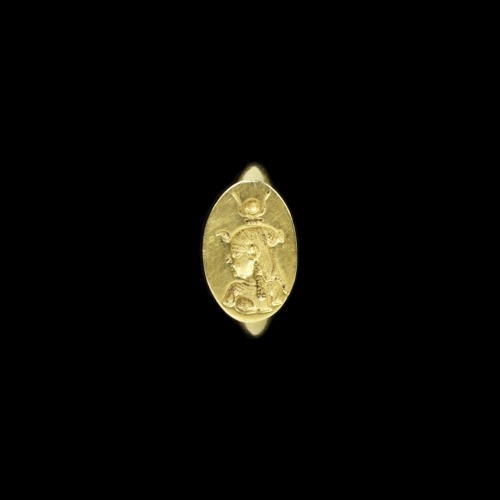
Egypt’s ruler was more than the sum of the seductions that loom so large in history—and in Hollywood. By Stacy Schiff
Cleopatra VII ruled Egypt for 21 years a generation before the birth of Christ. She lost her kingdom once; regained it; nearly lost it again; amassed an empire; lost it all. A goddess as a child, a queen at 18, at the height of her power she controlled virtually the entire eastern Mediterranean coast, the last great kingdom of any Egyptian ruler. For a fleeting moment she held the fate of the Western world in her hands. She had a child with a married man, three more with another. She died at 39. Catastrophe reliably cements a reputation, and Cleopatra’s end was sudden and sensational. In one of the busiest afterlives in history, she has become an asteroid, a video game, a cigarette, a slot machine, a strip club, a synonym for Elizabeth Taylor. Shakespeare attested to Cleopatra’s infinite variety. He had no idea.
If the name is indelible, the image is blurry. She may be one of the most recognizable figures in history, but we have little idea what Cleopatra actually looked like. Only her coin portraits—issued in her lifetime, and which she likely approved—can be accepted as authentic. We remember her, too, for the wrong reasons. A capable, clear-eyed sovereign, she knew how to build a fleet, suppress an insurrection, control a currency. One of Mark Antony’s most trusted generals vouched for her political acumen. Even at a time when female rulers were no rarity, Cleopatra stood out, the sole woman of her world to rule alone.
Read more: http://www.smithsonianmag.com/hi

Nenhum comentário:
Postar um comentário